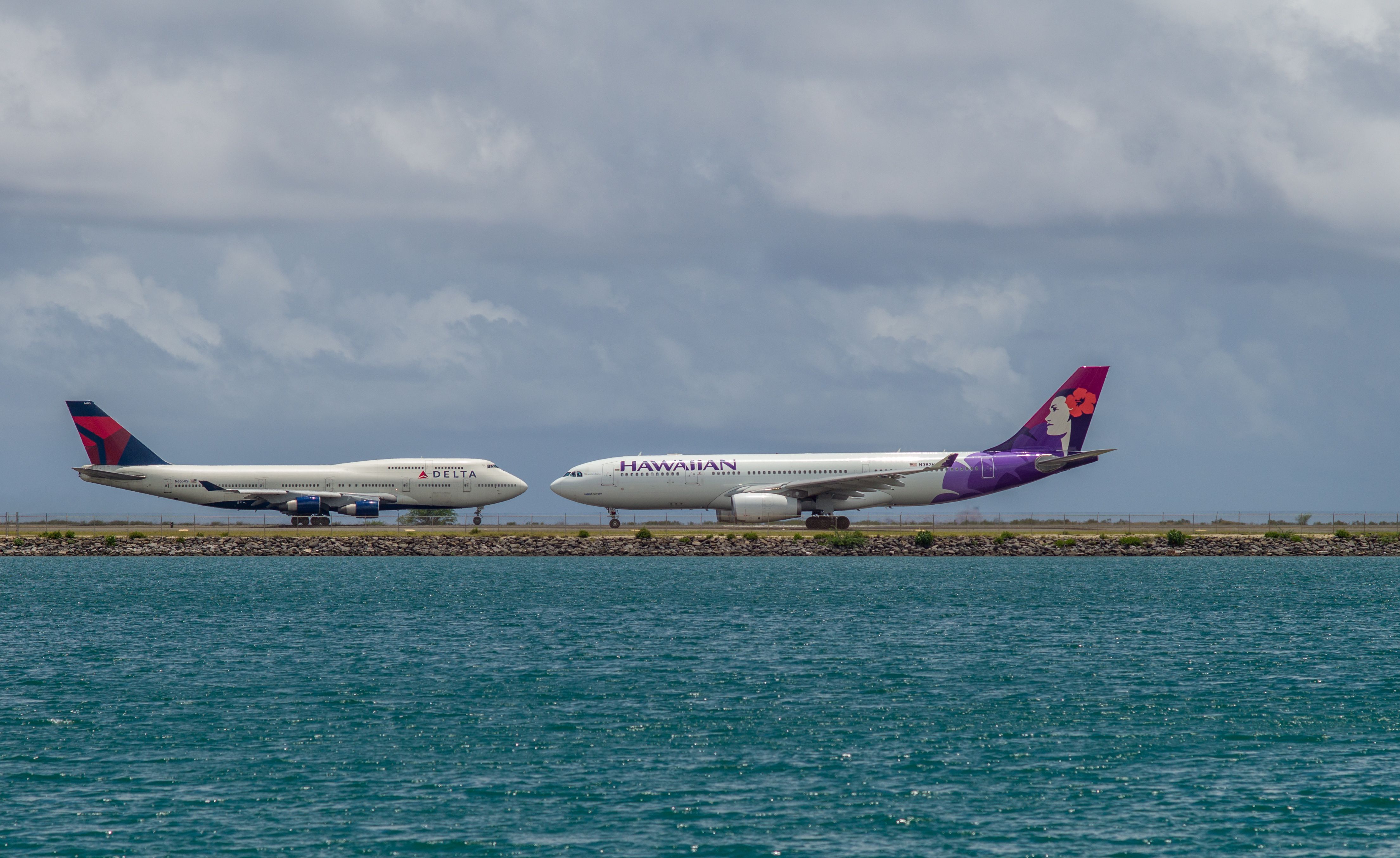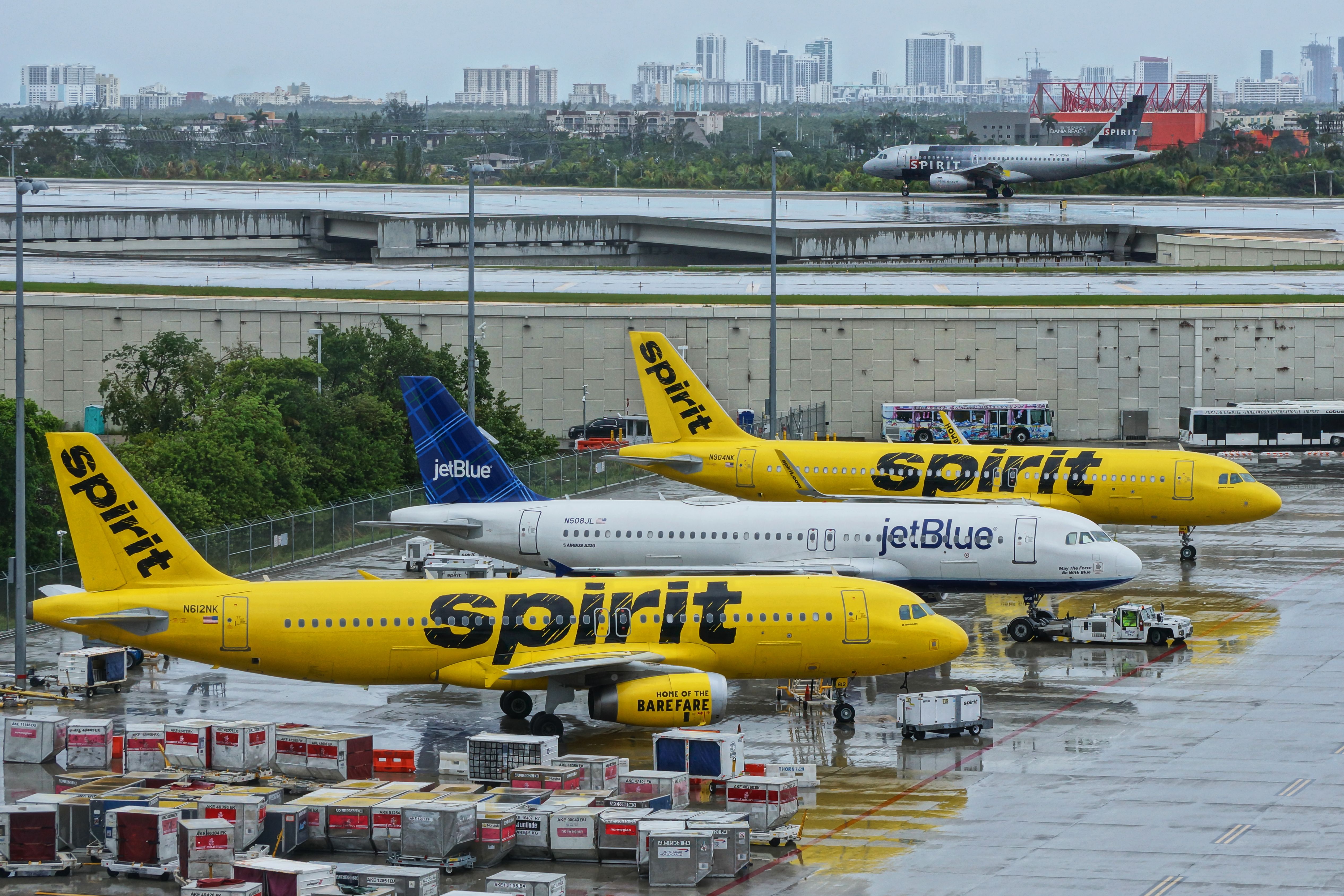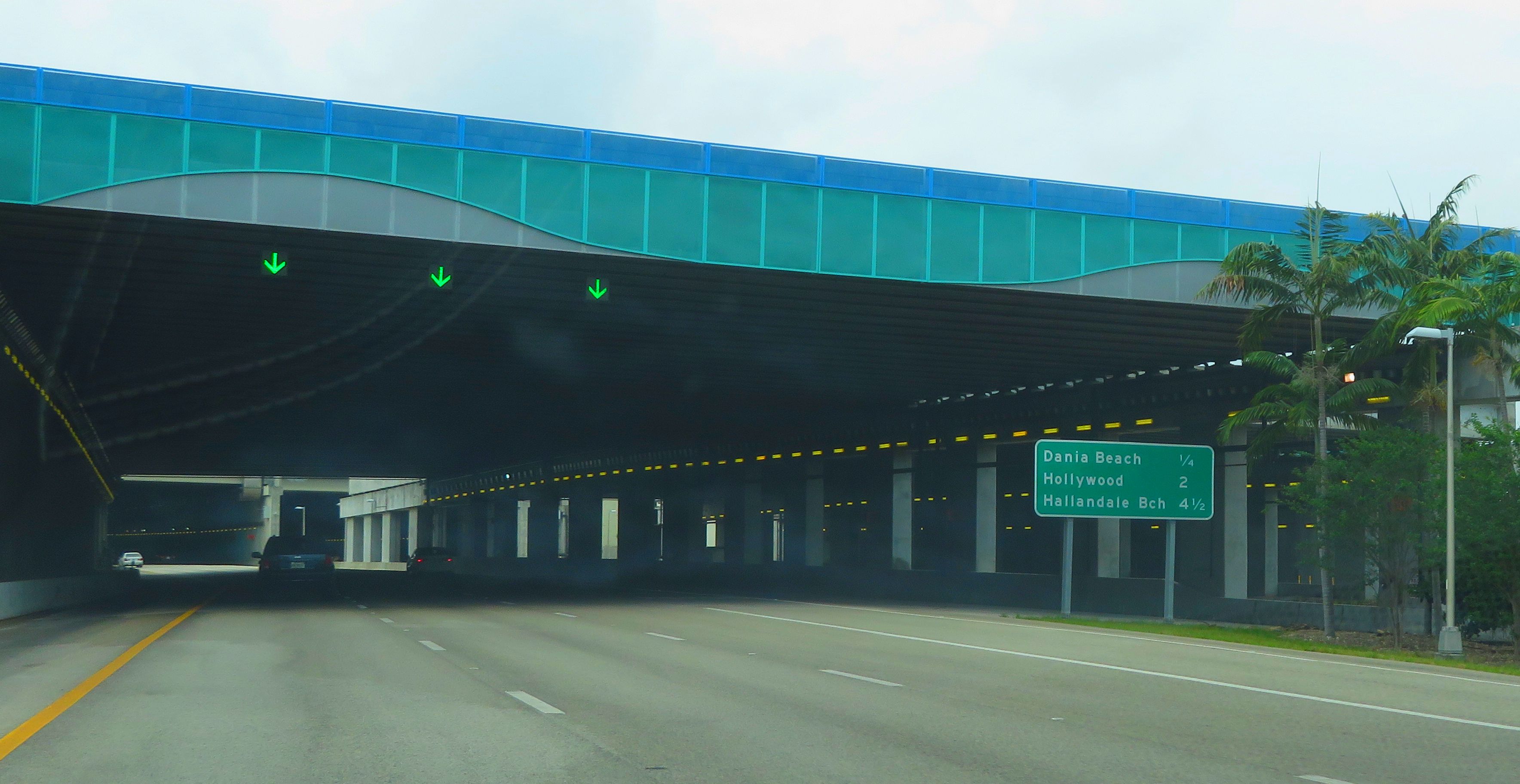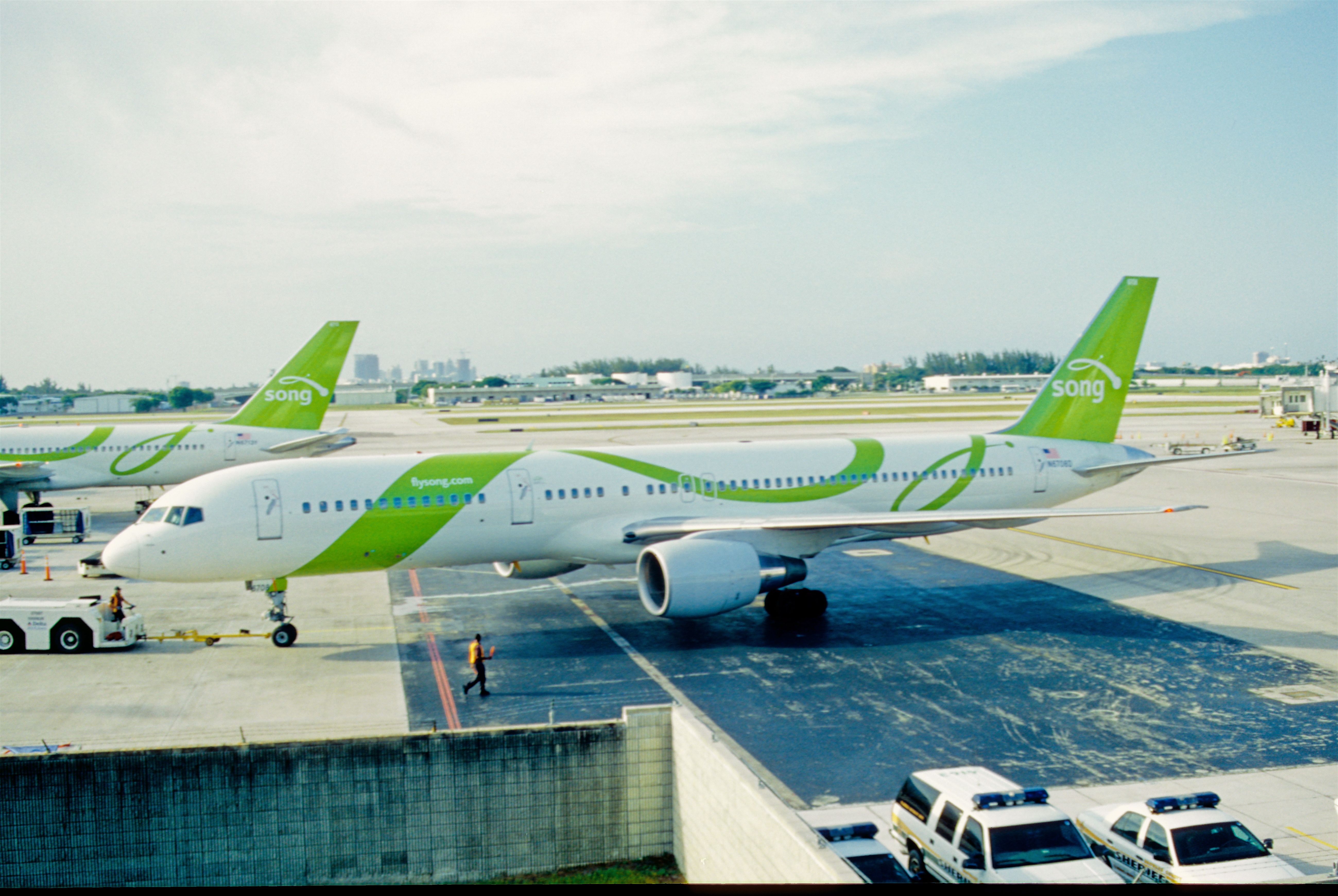Summary
- Fort Lauderdale International Airport has a unique sloped runway that rises nearly six stories high to pass over a highway.
- The design faced extreme backlash from local officials and residents who called it a waste of money and a third-world design.
- Despite the controversy, the design was within regulatory limits and obtained approval from the FAA.
Did you know that Florida’s Fort Lauderdale International Airport (FLL) has a sloped runway that runs nearly six stories high? The southern runway (10R/28L) begins at ground level on one end and rises significantly on the other end.
FLL’s 8,000 ft (2,438 m) long runway rises gradually from the west (10R) towards the eastern end (28L) and ends abruptly with a retaining wall. This unique design was implemented to pass over US 1 highway on the east side of the FLL airport.
Background
Around 2008, Fort Lauderdale International Airport became one of the top five airports in the United States for flight delays. Moreover, the airport needed to ramp up its commercial operations by providing increased domestic and international flights to and from the Miami Metropolitan Area.
The need for a new runway to complement the existing northern runway (10L/28R) was proposed. Airport authorities and the Broward County Commission approved a new and longer runway.
Extreme backlash
As the design of the $781 million sloped runway floated on the news, the local county commissioners received a severe backlash. While a sloped design was initially publicized by Broward County, the maximum height discussed at the time was 45 ft (14 m).
However, the proposed slope of nearly 65 ft (20 m) was needed to pass over the US 1 highway and the railroad tracks at the eastern end of the airport. The runway could not have been built further west due to Interstate 95.

The Story Of Honolulu Airport's Reef Runway
The Reef Runway allowed Honolulu International Airport to expand substantially.Unsurprisingly, the runway’s proposed slope height created the most controversy, and neighboring counties instantly rejected the design. While some residential counties complained about potential noise levels, others stated it was a “third-world design” destined to fail.
Local activists bombarded the news with accusations of wasting three-quarters of a billion dollars on a failed design. The neighboring city of Dania Beach spoke about suing Broward County over the runway expansion.
The transport authorities questioned if large airliners could operate on such runways and feared the certainty of regulatory approvals by the Federal Aviation Administration (FAA).
Was the design even permissible?
The FAA allows a maximum runway elevation of 1.5% across the length of the runway. In other words, for every 100 ft (30 m), a sloped height of 1.5 ft (0.46 m) is permissible. The proposed slope for the southern runway was 1.3%. A maximum height of 65 ft (20 m) was achieved for the runway length of 8,000 ft (2,438 m).
With the proposed design within limits, obtaining regulatory approval from the FAA was effortless. Despite the ongoing backlash, Broward County and the FLL airport authorities green-signaled the project.
Runway 10R/28L
The new sloped runway (10R/28L), inaugurated in September 2014, runs east to west, parallel to the northern runway. On the western side (10R), the runway is at ground level. The slope increases facing east and ends on a cliff (28L) with a vertical wall. A parallel taxiway is similarly sloped from west to east for the departing aircraft to enter runway 28L.
The runway is designed to allow departures and arrivals from both directions. However, as a safety precaution, the aircraft approaching from the east (28L) is set to touchdown 1,500 ft (457 m) beyond the elevated wall.
What are your thoughts on the unique sloped runway? Have you flown in or out of FLL? Tell us in the comments section.




